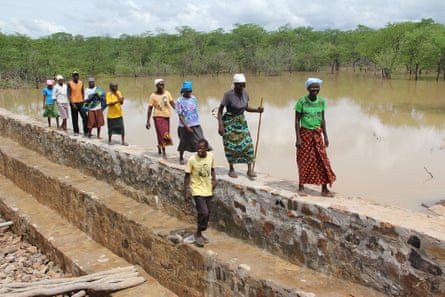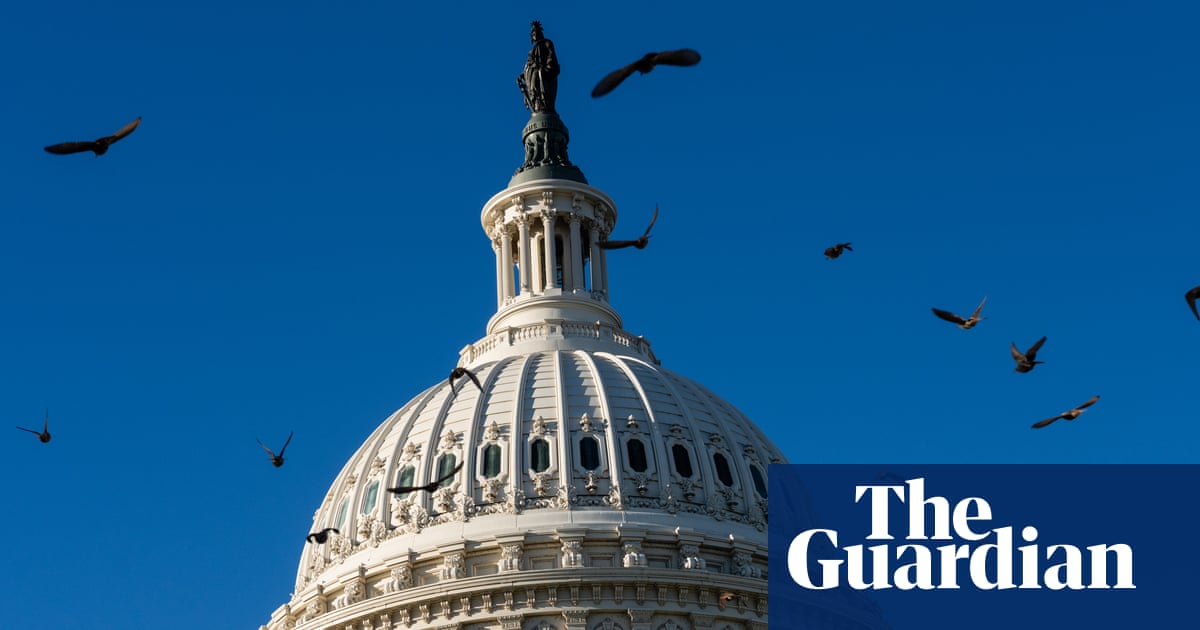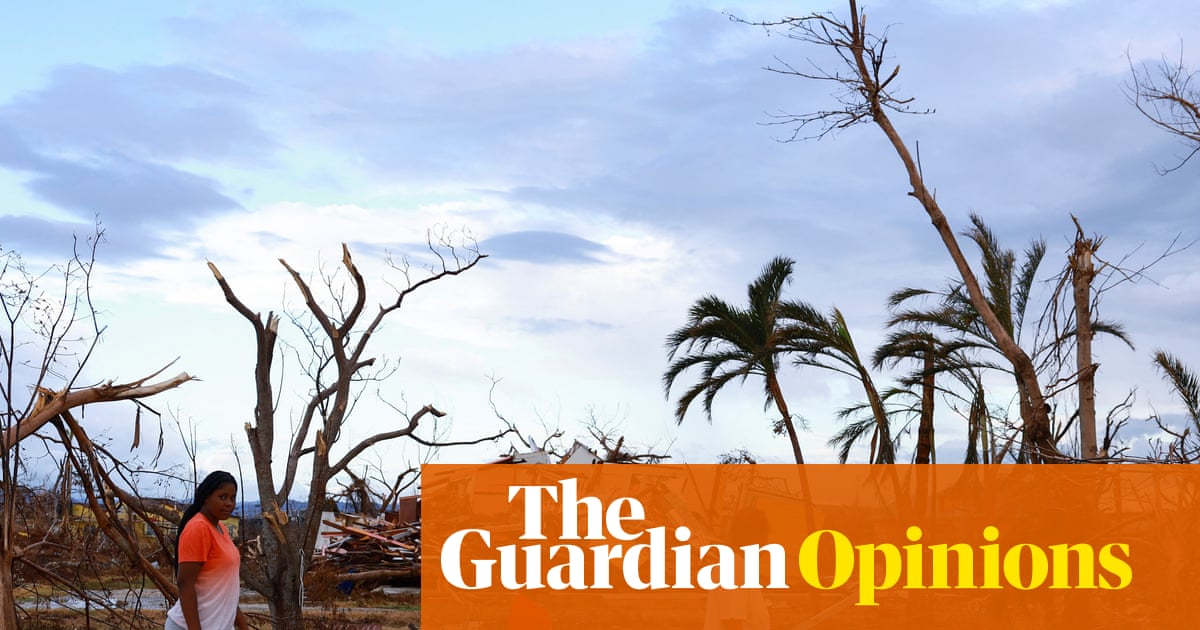Zimbabwe’s efforts to control malaria have been dealt a huge blow as experts say the disease has returned “with a vengeance” after US aid cuts, with 115 outbreaks recorded in 2025 compared with only one last year.
The sharp rise in cases comes six months after Donald Trump halted critical funding for US research and national response programmes.
The cuts in January, which included funding for tuberculosis, HIV/Aids and malaria programmes, crippled the Zimbabwe Entomological Support Programme in Malaria (Zento) at Africa University in Mutare, which provides the country’s National Malaria Control Programme with scientific research to combat the disease.
Cumulative malaria cases increased by 180% in the first four months of 2025, according to the health ministry, while the number of malaria-related deaths increased by 218%, from 45 in the same period in 2024 to 143 in 2025. As of 26 June, the number of malaria cases had risen to 119,648, with 334 deaths, according to the Zimbabwean health ministry.
The distribution of essential control methods, such as mosquito nets, was also disrupted, leaving hundreds of thousands of people exposed to mosquito bites across the country. The health ministry said in May that 1,615,000 insecticide-treated nets were being distributed but that there was a shortfall of 600,000 due to the withdrawal of US funding.
Itai Rusike, director of Zimbabwe’s Community Working Group on Health, said funding shortfalls were jeopardising the country’s significant gains against malaria over the past 20 years.
“Sustained domestic funding is critical to keep prevention and treatment efforts on track,” he said.
“If mosquito nets and preventive medicines for pregnant women are unavailable, lives will be lost. When the supply of test kits and first-line treatments is disrupted, malaria cases and deaths will spiral.”
Children under the age of five account for 14% of total malaria cases.
Zimbabwe has set out to eliminate malaria by 2030, in line with the ambitious goal set by the African Union, using various strategies such as raising community awareness, preventing mosquito bites with insecticide-treated nets and spraying, as well as improving surveillance systems.
Dr Henry Madzorera, a former health minister, said Zimbabwe should mobilise its own resources to bridge the funding gap.
“We have a lot of taxes earmarked for the health sector – let us use them wisely for health promotion and disease prevention,” he said. “People must be treated early for malaria.
“The country should not rely on donors to do malaria-elimination activities,” Madzorera added.
In 2024, USAID disbursed $270m for health and agriculture programmes in Zimbabwe.

Zimbabwe’s deputy health minister, Sleiman Kwidini, admitted the funding gap left by the US cuts had disrupted the provision of mosquito nets.
“We are now taking over the procurement of those nets after the US withdrew funding. We have just been disturbed, but our vision is to eliminate malaria by 2030,” he said.
Prof Sungano Mharakurwa, director of Africa University’s Malaria Institute, said it would take time to recover lost ground but added: “If we get funding, we can hit the ground running and promptly return to scoring successes again, until we beat this deadly scourge that is malaria.”
He said that since the Zento mosquito surveillance programme began in Manicaland province, there had been a marked reduction in malaria cases and it was about to be extended when the US cuts came.
“Working with the National Malaria Control Programme, it had just been expanded,” Mharakurwa said. “It was poised to run for five years with national coverage when it was abruptly terminated.”
Africa University data shows that Manicaland recorded 145,775 malaria cases in 2020 but just 28,387 after Zento was introduced in 2021. Malaria cases in the province had been further reduced to 8,035 by 2024 before more than trebling to 27,212 the following year, when US funding was cut.
Mharakurwa said: “The malaria was back with a vengeance straight after, and [numbers of] cases that were waning rebounded in 2025, surpassing levels that had ever been seen since the beginning of the project.”
Above-normal rains this year, which aided malaria transmission, had worsened the situation, he added.

 3 months ago
55
3 months ago
55

















































